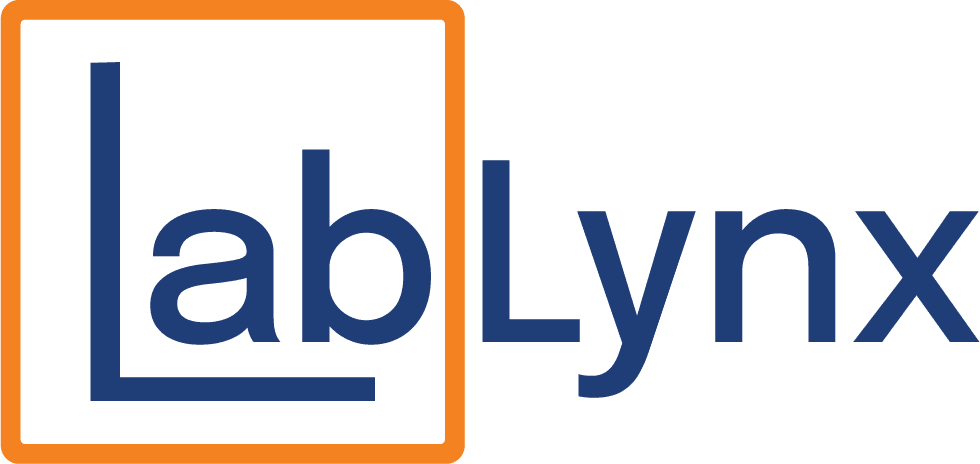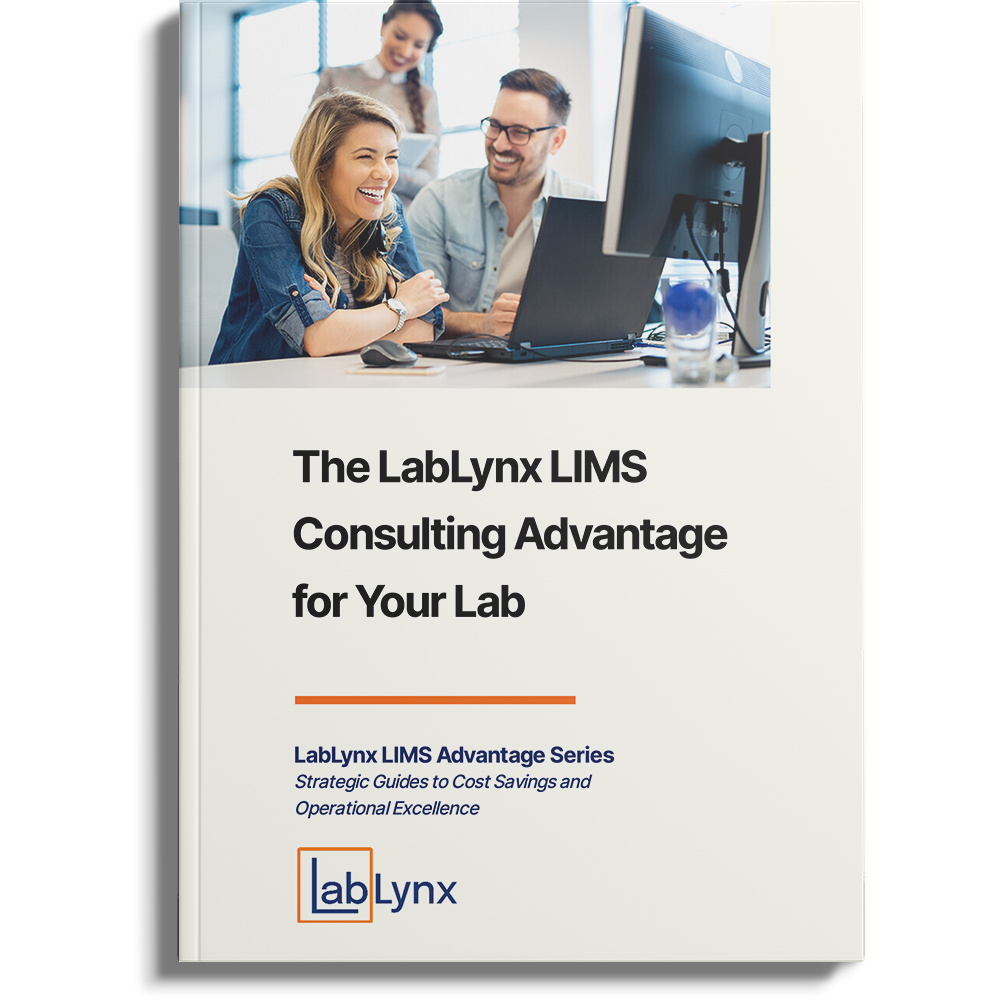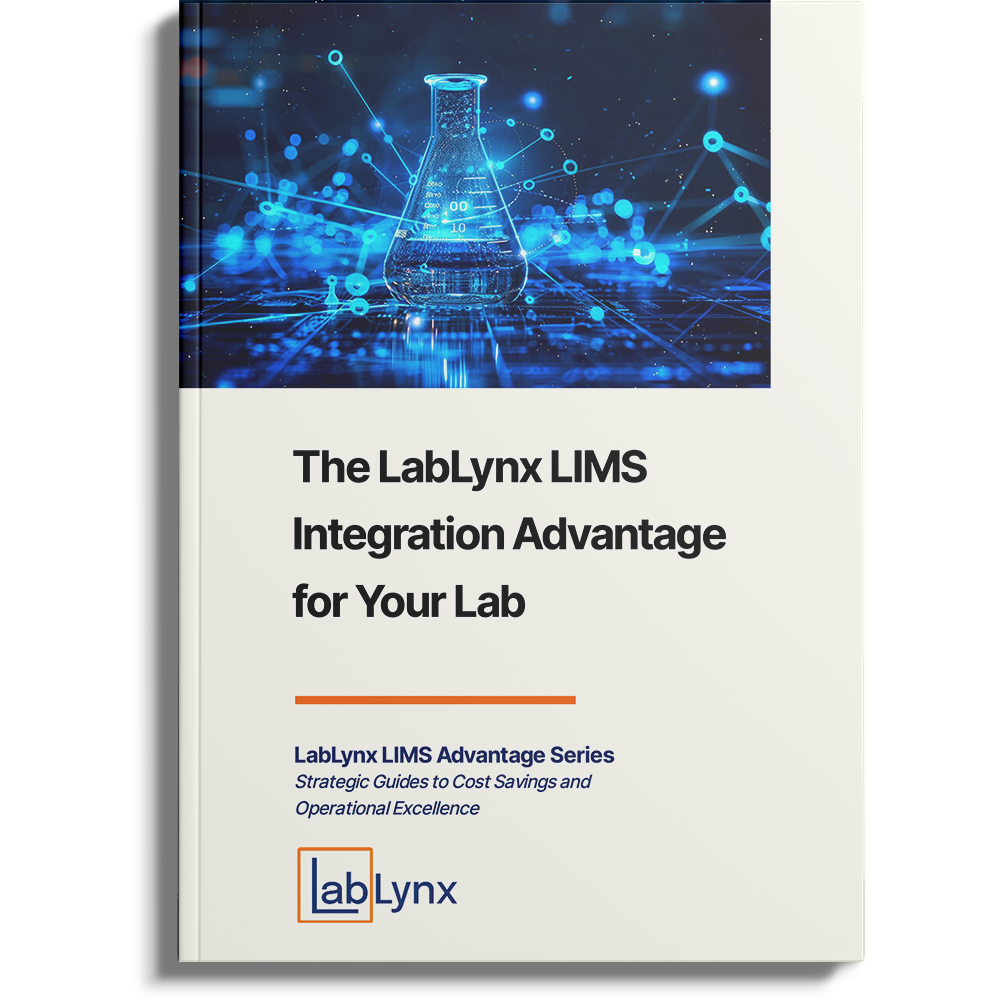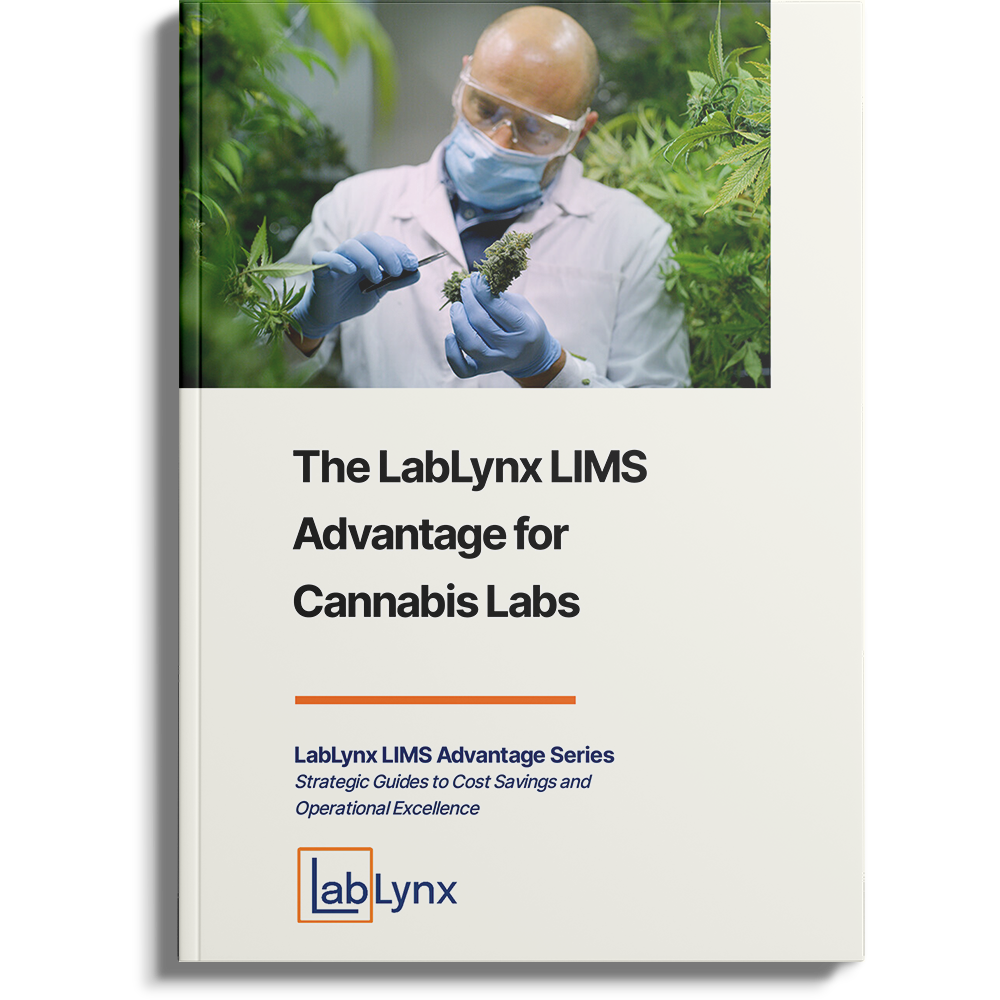
In today’s competitive landscape, laboratories face the challenge of balancing precise scientific work with the demands of a thriving business. A key area where many labs struggle is accounting. Managing billing, inventory costs, pricing models, and budget allocations can be overwhelming and prone to error if done manually. Enter Laboratory Information Management Systems (LIMS) with integrated accounting features—a solution designed to streamline accounting workflows, improve financial visibility, and enhance profitability.
Here, we’ll explore how the right LIMS with built-in accounting functionalities can transform your laboratory operations, detailing the essential features and quantifiable benefits of LIMS for labs across various industries.
The Importance of Accounting in Laboratories
For laboratories of all types—clinical, environmental, chemical, or research—effective accounting practices are essential. With tight profit margins, high competition, and the need to stay compliant with various industry regulations, laboratories cannot afford errors or inefficiencies in financial management. Proper accounting helps labs to:
- Track and optimize operational costs
- Maintain accurate client billing and invoicing
- Forecast budgets and revenue streams
- Comply with regulatory requirements related to financial reporting
- Support long-term financial planning and sustainability
Did You Know? According to a report by the Association of Public Health Laboratories (APHL), laboratories with efficient billing and tracking systems see an average of 15% improvement in payment cycle times, leading to a more stable cash flow and the ability to reinvest in lab operations. (Association of Public Health Laboratories, 2022)
How LIMS Addresses Laboratory Accounting Needs
A comprehensive LIMS can provide a robust suite of accounting tools that integrate seamlessly with laboratory workflows, allowing labs to manage their finances as efficiently as their samples. Here’s a closer look at how LIMS can support and enhance your laboratory’s accounting practices:
1. Automated Billing and Invoicing
Manual billing processes can lead to errors, delayed payments, and, ultimately, client dissatisfaction. A LIMS automates invoicing, ensuring that each bill reflects accurate charges based on services rendered, materials used, and any custom pricing agreements.
- Automatic Calculation of Fees: Configure different billing rates based on tests, clients, and special projects, ensuring clients are billed accurately and consistently.
- Scheduled Invoices: Automatically generate and send invoices based on pre-set schedules, reducing administrative workload and ensuring timely billing.
- Customizable Billing Structures: For labs that work with diverse clients and contracts, customizable billing structures allow for unique pricing models that can accommodate different client needs, including bulk discounts or subscription-based billing.
Fact: According to a study from the Journal of Medical Systems, laboratories that automated their billing processes saw up to a 30% reduction in billing errors and a 20% decrease in accounts receivable days, leading to more consistent revenue streams. (Journal of Medical Systems, 2020)
2. Comprehensive Financial Reporting
Financial reports offer critical insights into a lab’s financial health, enabling management to make informed decisions. LIMS offers customizable financial reporting tools that deliver detailed data on revenues, expenses, cash flow, and profit margins.
- Revenue Tracking by Service Type: LIMS can track revenue based on test type, helping labs understand which services are most profitable and where they may need to adjust pricing or allocate resources.
- Expense Analysis: Detailed expense tracking can help identify cost-saving opportunities by highlighting high-cost areas within operations, such as reagents, labor, or maintenance.
- Profitability Forecasting: Use historical financial data to project future revenues, empowering your lab to set realistic financial goals and identify growth opportunities.
Source: According to Lab Manager Magazine, labs that actively monitor financial reports have been found to make better strategic decisions, leading to revenue increases of 12% on average within a year. (Lab Manager Magazine, 2021)
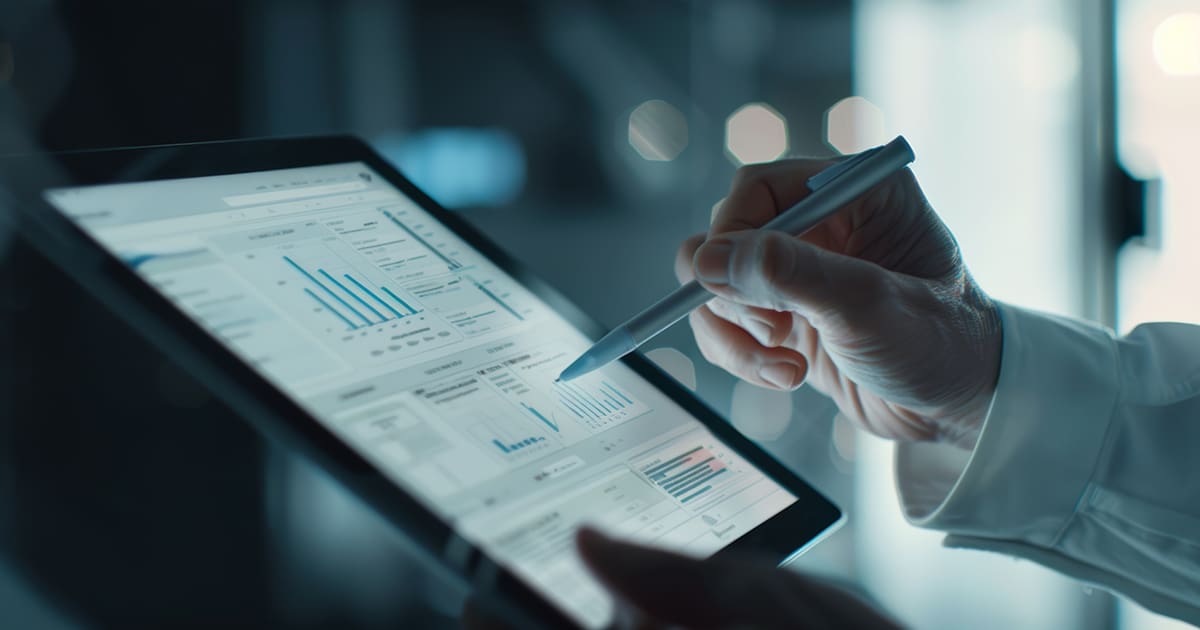
3. Integrated Inventory Cost Management
In laboratories, inventory costs represent a significant portion of the overall budget. LIMS integrates inventory management with accounting, allowing labs to track the financial impact of reagents, consumables, and equipment usage.
- Real-Time Cost Tracking: Track the cost of inventory items as they are used, ensuring accurate financial reporting and cost allocation.
- Waste Reduction: By tracking inventory expiration and usage patterns, LIMS helps labs reduce waste, saving money on frequently replaced items.
- Supplier Analysis: Analyze supplier costs and identify cost-effective alternatives, potentially leading to substantial savings over time.
Fact: According to the American Association for Clinical Chemistry (AACC), labs that implemented integrated inventory tracking systems saved an average of 10-15% on annual supply costs due to better forecasting and reduced waste. (American Association for Clinical Chemistry, 2020)
4. Client Account Management
Effective client account management is essential for laboratories that deal with numerous clients and projects. LIMS offers a centralized solution for managing client financial information, contracts, and payment history.
- Client-Specific Pricing Models: Easily set up pricing models tailored to specific clients, ensuring that clients are billed in line with their contract terms.
- Payment Tracking and Alerts: Track client payments and set alerts for overdue accounts, which helps manage cash flow and reduce the risk of unpaid invoices.
- Client Financial History: Access a full financial history for each client, aiding in quick resolutions to billing inquiries and fostering transparency.
Source: Data from Billing and Collections for Medical Laboratories indicates that labs that maintain organized, transparent client account records experience 18% faster resolution of billing disputes. (Billing and Collections for Medical Laboratories, 2021)
5. Regulatory Compliance and Audit Support
Labs operating in regulated industries, such as healthcare and pharmaceuticals, face stringent financial reporting requirements. LIMS provides tools that facilitate compliance with financial regulations, ensuring a smoother audit process.
- Audit Trails: LIMS maintains detailed records of all financial transactions, making it easier to trace any discrepancies.
- Standardized Reporting Templates: Meet industry-specific compliance standards with templates for financial reporting, such as those required by the FDA or EPA.
- Data Security and Privacy: With secure data management and encryption protocols, LIMS ensures that financial information is protected, helping labs meet HIPAA, GDPR, and other privacy regulations.
Fact: In a 2023 survey by Frost & Sullivan, 90% of labs that used LIMS with regulatory compliance features reported faster audit times and reduced risk of fines for non-compliance. (Frost & Sullivan, 2023)

Real-World Examples of Accounting Success with LIMS
- Clinical Diagnostic Lab: After implementing a LIMS with automated billing and financial reporting, a clinical diagnostics lab was able to streamline its billing processes, reducing administrative labor by 25% and increasing billing accuracy. The lab also saw a 20% improvement in on-time payments due to the timely and consistent invoicing, resulting in more reliable cash flow. (Case Study: Clinical Diagnostic Lab, 2022)
- Environmental Testing Lab: With inventory cost management integrated into its accounting, an environmental lab experienced a 15% reduction in costs on frequently used reagents. By analyzing supplier costs and identifying optimal ordering practices, the lab was able to negotiate better pricing terms and cut down on waste. (Case Study: Environmental Testing Lab, 2021)
- Biotechnology Research Facility: This facility implemented LIMS financial reporting to analyze profitability by service line and identified underutilized resources, allowing them to reallocate budget toward high-demand services. This optimization resulted in a 10% increase in profit margins within the first year and provided the lab with clearer financial projections. (Case Study: Biotechnology Research Facility, 2022)
Why LabLynx LIMS is the Ideal Choice for Laboratory Accounting
Incorporating accounting features directly into your LIMS can transform your lab’s financial health. A robust LIMS offers the following advantages:
- Increased Efficiency: Automate repetitive billing tasks and reduce manual data entry.
- Improved Cash Flow: Timely, accurate billing and invoicing lead to faster payment cycles and improved revenue predictability.
- Enhanced Decision-Making: Data-rich financial reports empower lab managers to make informed, strategic decisions.
- Compliance Confidence: LIMS helps labs meet regulatory standards, reducing the risk of financial penalties.
For labs looking to streamline their operations and maximize profitability, a LIMS with integrated accounting features is more than a management tool—it’s a strategic advantage in a data-driven world.
Ready to Take Control of Your Lab’s Financial Health?
If you’re ready to explore how the LabLynx LIMS can enhance your lab’s accounting processes, improve financial accuracy, and support sustainable growth, consider scheduling a demo today. Embrace a future where your lab’s scientific and financial excellence go hand in hand, powered by an industry-leading LIMS solution.
Sources
- Association of Public Health Laboratories (APHL), 2022
- Journal of Medical Systems, 2020
- Lab Manager Magazine, 2021
- American Association for Clinical Chemistry (AACC), 2020
- Billing and Collections for Medical Laboratories, 2021
- Frost & Sullivan, 2023
- Case Study: Clinical Diagnostic Lab, 2022
- Case Study: Environmental Testing Lab, 2021
- Case Study: Biotechnology Research Facility, 2022
